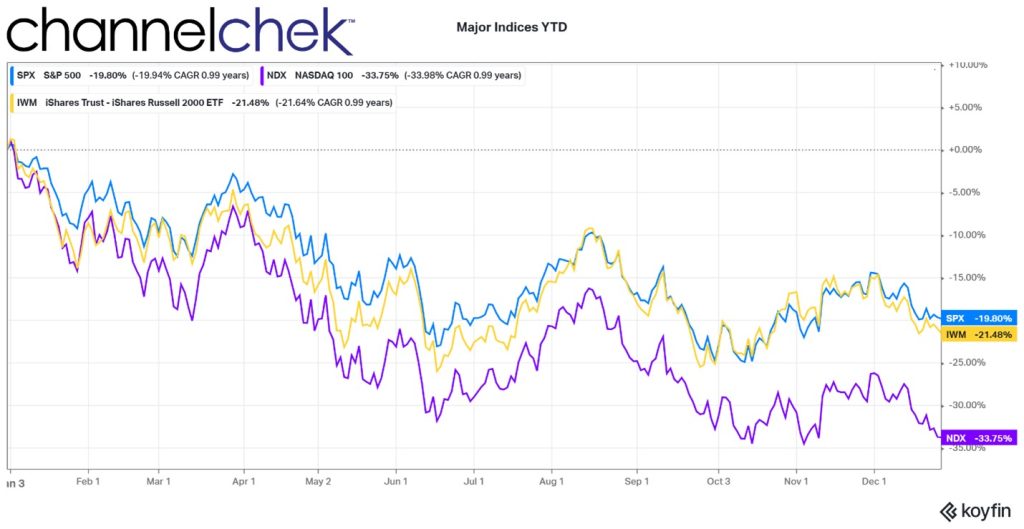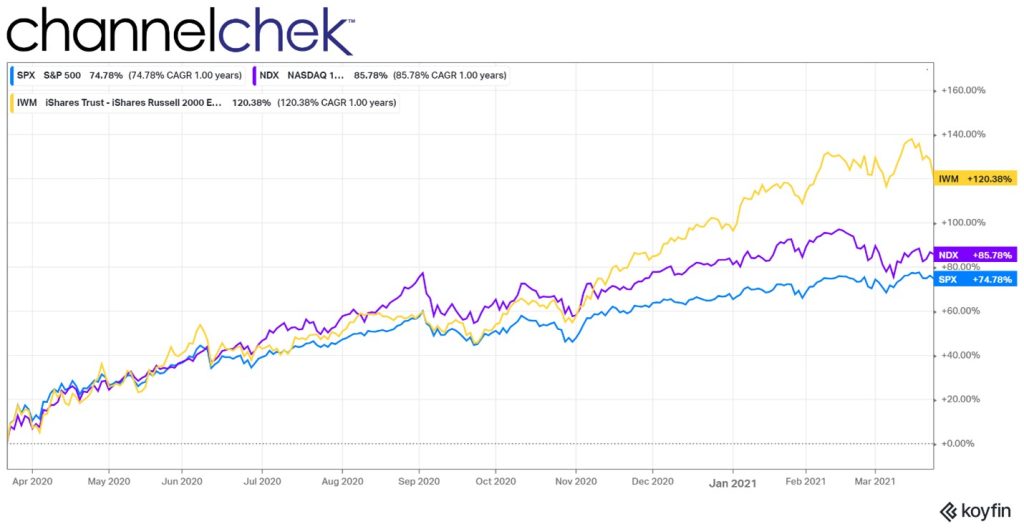Small cap stocks are an often overlooked opportunity for regular investors. While most focus their attention on big household names like Apple and Microsoft, small caps can provide key benefits to your portfolio. In this article, we’ll look at what makes small cap stocks different, reasons to consider investing in them, and how best to include them in your overall investing strategy.
What are Small Cap Stocks?
Small cap simply refers to small capitalization companies. They have a total market value or capitalization that is relatively small. In the U.S. stock market, small caps are generally defined as companies with a market cap between $300 million to $2 billion. Meanwhile, large cap stocks are the big boys like Walmart with market caps over $10 billion.
The most obvious trait of small caps is that they are younger, newer companies. Think of spunky young upstarts versus mature bluechip firms. Many small caps are still working to find their footing and carve out their niche, whereas large caps dominate established sectors.
This gives small caps more room for rapid growth, but also higher risk. Their smaller size means limited resources, unproven track records, and uncertainty around whether they will achieve scale. Volatility comes with the territory.
But with greater risk can also come greater reward if you pick the right small caps. For investors, this asset class offers plenty of overlooked potential.
So why should investors even bother with small caps? A few good reasons:
Growth Potential
The biggest appeal of small caps is their high growth potential. While large established companies have already reached maturity, small caps are still in their early stages where rapid expansion is possible. Getting in early on promising small cap stocks can lead to massive returns over time.
For example, buying shares of a company like Etsy or Shopify in their early days as small caps could have generated 10x or even 100x returns for patient investors as those companies grew to multi-billion dollar valuations. The chance to identify and own the next Apple or Amazon while their market cap is just a few hundred million dollars is an enormous opportunity.
Of course, investing in any small cap is high risk and many will not succeed. But a diversified portfolio of thoughtfully selected small caps tilted towards sectors with strong tailwinds can unlock tremendous growth. Taking some calculated risks while sticking to sound fundamentals is key.
Diversification
Owning small caps is a great way to diversify a portfolio heavy on mature large cap stocks. Because small caps operate in different niches and have unique risk factors, their stock prices behave differently than large caps. This means including small caps can actually lower overall portfolio risk and volatility.
Small caps also shine at different points of the economic cycle than large caps. When growth is sluggish, investors tend to favor large caps for their stability. But in periods of economic expansion and bull markets, small caps tend to deliver stronger returns. This cyclicality means pairing both provides more balanced exposure across market environments.
And importantly, the returns of small caps have low correlation to large caps. This low correlation is a crucial benefit, since it smooths out portfolio performance over time. For example, when large cap stocks are declining, small caps may be stable or even rising. This illustrates why allocating 20-30% of a portfolio to high-quality small caps can improve overall diversification.
Innovation Appeal
Another major reason to invest in small caps is the innovation factor. Small companies are often pioneers in developing cutting-edge technologies, medicines, software platforms and other game-changing solutions. Unlike large caps, small caps have agility and risk tolerance to focus intensely on bringing new ideas to market.
For example, most breakthrough biotech and pharma firms start out as small caps, racing to get FDA approval for their patented drugs. Software firms disrupting industries also tend to be younger and more nimble. And emerging sectors like green energy and electric vehicles are being driven by upstart small cap companies.
Getting in early with innovative small caps developing disruptive technologies provides exposure to future trends that large caps simply don’t offer. It allows investors to tap into new niches before they become mainstream. And investing alongside visionary founders and entrepreneurs in new fields generates exciting upside.
Of course, betting on unproven technologies and markets comes with risk. But a basket approach of diversifying across several promising small caps in high-potential areas prudently taps into this appeal. Backing innovation via calculated small cap investments generates asymmetric reward versus risk.
Investing Strategies with Small Caps
The most popular approach is investing in small cap mutual funds or ETFs. This provides instant diversification across dozens or hundreds of small cap stocks. Low cost index funds like the Vanguard Small-Cap ETF are a great starting point because they track the overall small cap market at low cost. Actively managed small cap funds aim to outperform by utilizing research and stock picking. Either method offers a simple way to add small cap exposure.
For a more active approach, investors can hand pick individual small cap stocks. This requires rigorous research to identify quality companies within attractive niches that have strong leadership, a durable competitive advantage, and metrics pointing to high growth potential.
Since small caps carry more risk, it’s crucial to diversify and size positions appropriately when buying individual stocks. Use them to complement a core portfolio of sturdy large caps. Blending individual stock picks with a small cap index core allows concentrating assets in your highest conviction ideas. Overweighting small caps beyond 20-30% of your total portfolio exposure adds undue risk.
While small caps demand more research and carry greater risk, they can supercharge portfolio returns. Blending small caps strategically with large caps allows investors to capitalize on this untapped potential while minimizing the downside.









